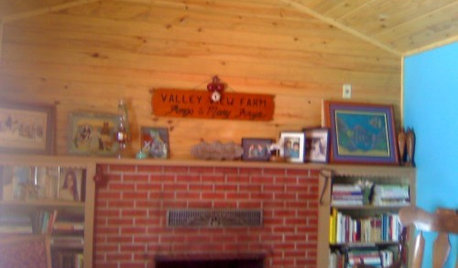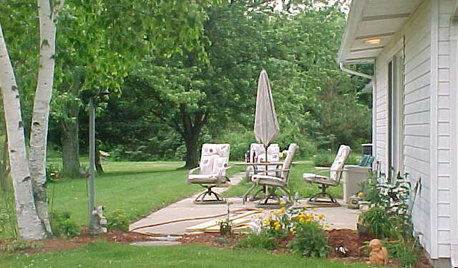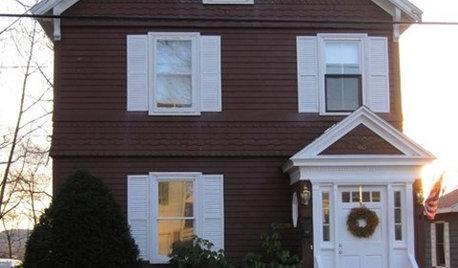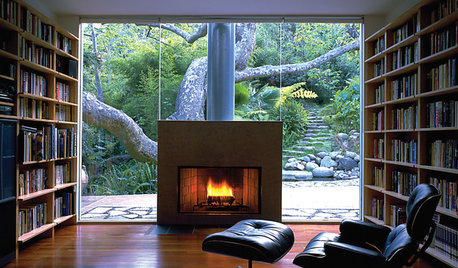Hi! Many questions!
icuflying
17 years ago
Related Stories

Design Dilemmas: 4 Questions for Houzzers
Brick Fireplaces, Historic Homes, and Tropical Living Room Decor, Oh My!
Full Story

REMODELING GUIDESConsidering a Fixer-Upper? 15 Questions to Ask First
Learn about the hidden costs and treasures of older homes to avoid budget surprises and accidentally tossing valuable features
Full Story

LIGHTING5 Questions to Ask for the Best Room Lighting
Get your overhead, task and accent lighting right for decorative beauty, less eyestrain and a focus exactly where you want
Full Story
SELLING YOUR HOUSE15 Questions to Ask When Interviewing a Real Estate Agent
Here’s what you should find out before selecting an agent to sell your home
Full Story
EXTERIORSCurb Appeal Feeling a Little Off? Some Questions to Consider
Color, scale, proportion, trim ... 14 things to think about if your exterior is bugging you
Full Story
WORKING WITH PROS10 Questions to Ask Potential Contractors
Ensure the right fit by interviewing general contractors about topics that go beyond the basics
Full Story
GREEN BUILDINGConsidering Concrete Floors? 3 Green-Minded Questions to Ask
Learn what’s in your concrete and about sustainability to make a healthy choice for your home and the earth
Full Story
Easy Green: 6 Must-Answer Questions Before You Buy
Thinking about buying ecofriendly furniture? For a truly environmentally conscious home, ask yourself these questions first
Full Story





oogy4plants
icuflyingOriginal Author
Related Professionals
Erie Landscape Architects & Landscape Designers · Kenmore Landscape Architects & Landscape Designers · Brentwood Landscape Contractors · Frisco Landscape Contractors · Anderson Landscape Contractors · Biloxi Landscape Contractors · Burlington Landscape Contractors · Florham Park Landscape Contractors · Hampton Bays Landscape Contractors · Lady Lake Landscape Contractors · Lake Saint Louis Landscape Contractors · Plantation Landscape Contractors · St. Louis Landscape Contractors · Wells Landscape Contractors · Palos Heights Landscape Contractorstaras_garden
icuflyingOriginal Author
icuflyingOriginal Author
taras_garden